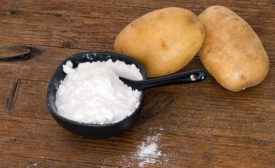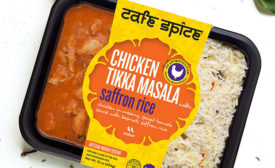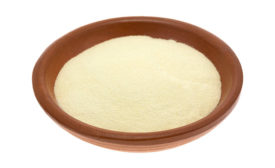Ingredients
Product Focus | Peppers & Spices
Moving beyond traditional peppers and spices
Food companies and chefs get creative as they heat up their offerings.
Read More
Tech | Ingredients
A simpler, cleaner marinade
The shift toward clean labels requires fewer but more effective ingredients.
Read More
Product Focus | Global Ingredients
Indian cuisine provides a wealth of flavorful possibilities
Café spice turns a complex cuisine into award-winning refrigerated entrees.
Read More
Get our new eMagazine delivered to your inbox every month.
Stay in the know with The National Provisioner's comprehensive coverage of the meat and poultry processing industry.
SUBSCRIBE TODAY!Copyright ©2024. All Rights Reserved BNP Media.
Design, CMS, Hosting & Web Development :: ePublishing













